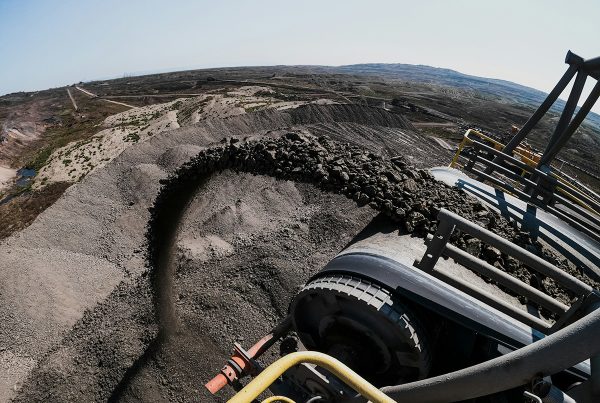Green building, for the most part, has been confined to First World nations, and for a good reason. Highly industrialized countries are owning up to their intensive energy use and massive carbon footprint, and if there’s anyone who should be keen on green building, it has to be them, not your average family living simply within their means somewhere in Liberia or Mozambique.

Recent flooding in China last September 9 and 10. With natural disasters hitting the country left and right, China is wising up on green building. Photo from TheEpochTimes.com
So you have first world countries like China, Hong Kong, France, Taiwan, Australia, Germany, Great Britain, South Korea, Finland, Spain, and Canada getting busy stacking up points in LEED for their various constructions. Surprisingly enough, India tops the list of countries with the most platinum Projects in 2012. USGBC states on its website that currently “LEED is certifying 2 million square feet of commercial building space each day in more than 130 countries.” It’s good to note that the numbers are steadily rising each year—countries all over the world creating clean cities one building at a time, well aware of their accountability to global warming.
That’s not to say third world and developing countries with little or almost negligible carbon footprint are exempt from building green. Even a modest-sized home expends energy and creates wastes materials in its construction, so really, every little thing adds up. The thing is, in many third world countries, green building is not the priority, and LEED certification is, at best, unheard of.
Three Reasons why Third World Countries haven’t caught up with LEED
Poverty
Poverty is something First World nations might take for granted, but in Third World countries, it is inherent, deeply ingrained, and a fact of life. Naturally, the government would prioritize solving the basic needs of its citizens first: food, education, housing, and medicine before anything else, i.e. the environment. As usual, the environment sadly takes the backseat. no matter if we’ve been taught time and again that the environment should come first since everything is interconnected with it. There’s a grim precision to poverty, one that can’t easily be dissuaded by mere morality talks and environmental pleas.
Lack of Education
Just as poverty often eclipses environmental issues, the lack of education in Third World countries also contribute to the resistance to green building. Few elementary schools have environmental awareness as a separate subject. Even in colleges and universities, the subject is tackled superficially, and not all architecture degrees offer separate courses for LEED or any other green building programs.
Government Bureaucracy
To a certain extent, the state of government of a country is responsible for its well-being. When bureaucracy runs amok, you can’t expect things to become golden for the environment, much less greener. Red tape, corruption, and a basic lack of initiative all make things worse. At best, the government issues a building permit, but does not go out of its way to supervise the construction and make sure it adheres to green building standards, if there’s an existing standard at all.
What Needs to be Done
Initiate the standard
It all has to start from someone. Whether the initiative comes from the government itself, a well-meaning private organization, or a devout green building developer, what matters is that every country installs a green building standard for all its future home and commercial building construction. For this matter, it doesn’t even have to be LEED (although of course there is something to be said for the thoroughness of LEED as a green building certification.) As long as a green building standard is in place and is being followed consistently, that’ll be good.
Emphasize the Ease
Green building is often unfairly accused as being a hassle—i.e. too much emphasis on the smallest of details. What Third World countries need to know is that green building doesn’t have to be elaborate and cumbersome. At its most basic, green building is all about making buildings more sustainable and eco-friendly by 1. sourcing building materials locally, 2. choosing materials for their efficiency, durability and environmental safety, 3. favoring existing materials over new ones, and 4. lessening the environmental impact of the construction as much as possible. It’s a tough juggling act balancing these elements at first, but gets easy when practiced each and every time.
Highlight the benefits
The ironic thing is that most of the countries who will take the biggest hit by climate change are the third world nations that in actuality aren’t really responsible for it in the first place. We’ve seen how nature unleashes its fury through typhoons, hurricanes, floods, and drought, making it all the more imperative for third world countries to weather-proof their homes. But building green need not be just a measure to mitigate impacts of disasters. When done properly, green building rewards people with energy efficiency, safe and toxic-free dwellings and commercial space, and sustainability—which are all welcome rewards for anyone.
We’ve read about homes and buildings in First World nations touting themselves as being eco-friendly, and yet cost millions of dollars to build, and sometimes on thousands of hectares of land. This paradox isn’t amusing for sure.
But take a look at the simple lifestyles of people in Third World nations who are already in tune with nature. Do they still need LEED? The answer is a resounding YES. In the long run building green is a win-win scenario for everyone, rich or poor, and for the environment as well.










